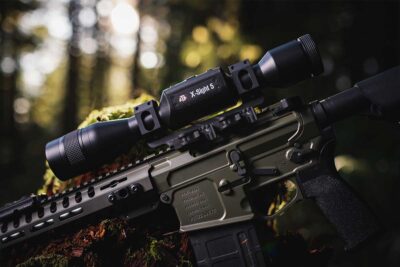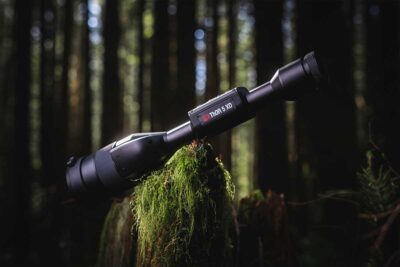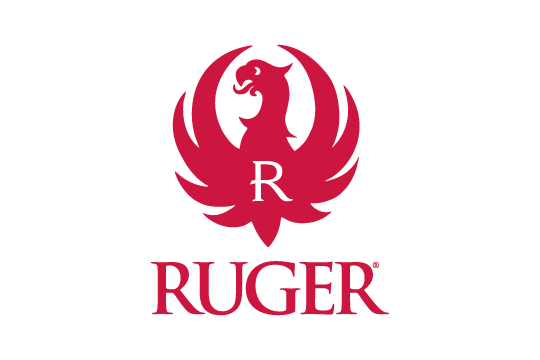6 Things to Know About Muzzle Brakes
What You Need to Know About Muzzle Brakes
Whether it’s at the end of a Barrett 50 cal or a 1911 you saw at a competition, muzzle brakes are fairly common accessories found on both rifles and handguns. They serve a specific function that may appeal to some shooters. What does a muzzle brake do, and do you need one? Here are a few things to know.
What Do Muzzle Brakes Do?
So, what do muzzle brakes do? A muzzle brake features angled ports that redirect the muzzle blast. This helps to reduce recoil. A vast majority of recoil comes from the muzzle blast itself. The angle of the ports allows the gun to pull forward, helping to negate the recoil impulse. With reduced recoil, a gun can be more accurate, and also more enjoyable to shoot, especially if firing high caliber ammunition.
Who Uses Muzzle Brakes?
Generally, there are two types of people who use compensators: Hunters with higher-caliber rifles, like when using a DPMS 308, or competition shooters. For hunters, the muzzle brake can cut the recoil of larger calibers in half, making it more comfortable to fire. For competition shooters, it makes low-recoil guns even easier to fire, allowing them to focus solely on their accuracy. Commonly, you’ll find two types of muzzle brakes, chambered brakes and radial brakes, and each offers unique advantages.
Chambered Brakes Prevent Muzzle Jump
Chambered brakes feature a series of ports the bullet passes through, each bleeding more gas and dissipating recoil. These have holes at 3 and 6 o’clock; however, they sometimes feature holes at 12 o’clock that can also help prevent muzzle jump. Chambered brakes are often called compensators.
Radial Brakes Allow for Quicker Shooting
Radial brakes feature ports drilled all around the brake body. These can be small, but all work together to keep the muzzle relatively stationary. This makes for much faster follow-up shots, which might be a priority for you if you’re in a speed shooting competition or just like to train like an operative.
The Drawbacks of Muzzle Brakes
There are a few cons to muzzle brakes. Many can make it challenging to shoot from the prone position as they will kick up dust and dirt while redirecting gasses downward. They also tend to make your gun louder and release the concussive blast out to the side. Anyone at the range may think twice about using the lane next to you. You might feel some of the pressure, too, and you might feel it in your sinuses, and it might cause a headache.
Do You Need a Muzzle Brake?
So, do you need a muzzle brake or not? It depends on your preferences and your shooting purposes. You might want one if you are hunting using calibers like 450 Bushmaters, 300 Win Mag, or 338 Lapua, or if you want to make a 308 feel like a much smaller caliber. A Barett 50 cal usually has a muzzle brake to deal with the blast, but safari-style guns often do not feature a brake to maintain their aesthetic. If you are looking for an AR 15 for sale to use at competition, you will probably want a muzzle brake to help you shoot faster.
Find muzzle brakes and other firearms accessories from private sellers at www.gunbroker.com

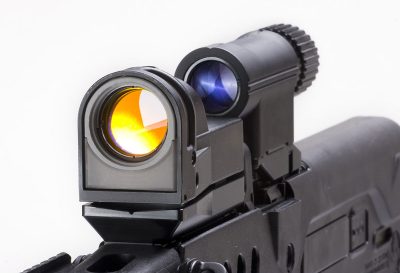
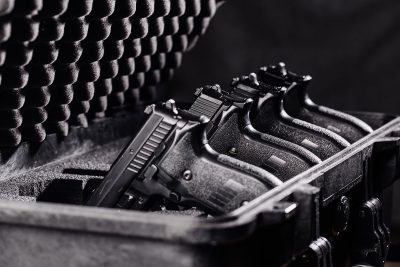
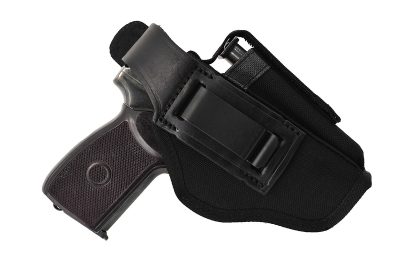
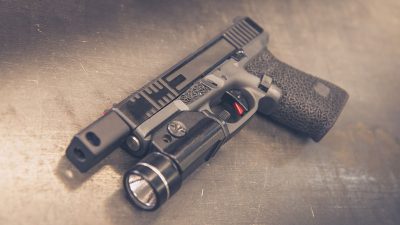

![Features of ATN Thor 5 XD 2-20X – 5th Generation Thermal Riflescope – New for 2024 [Video]](https://content.gunbroker.com/wp-content/uploads/2024/03/ATN-THOR5XD-Gunbroker-1-400x267.jpg)
![Features of ATN TICO LTV Thermal Clip-On Series – Newly Introduced for 2024 [Video]](https://content.gunbroker.com/wp-content/uploads/2024/03/ATN-TICO-LTV-Gunbroker-8-400x267.jpg)
![Explore the Features of Rise Armament Reliant R700 Trigger and Its Two Variations – New for 2024 [Video]](https://content.gunbroker.com/wp-content/uploads/2024/04/Rise-Armament-Reliant-700-Gunbroker-2-400x267.jpg)
